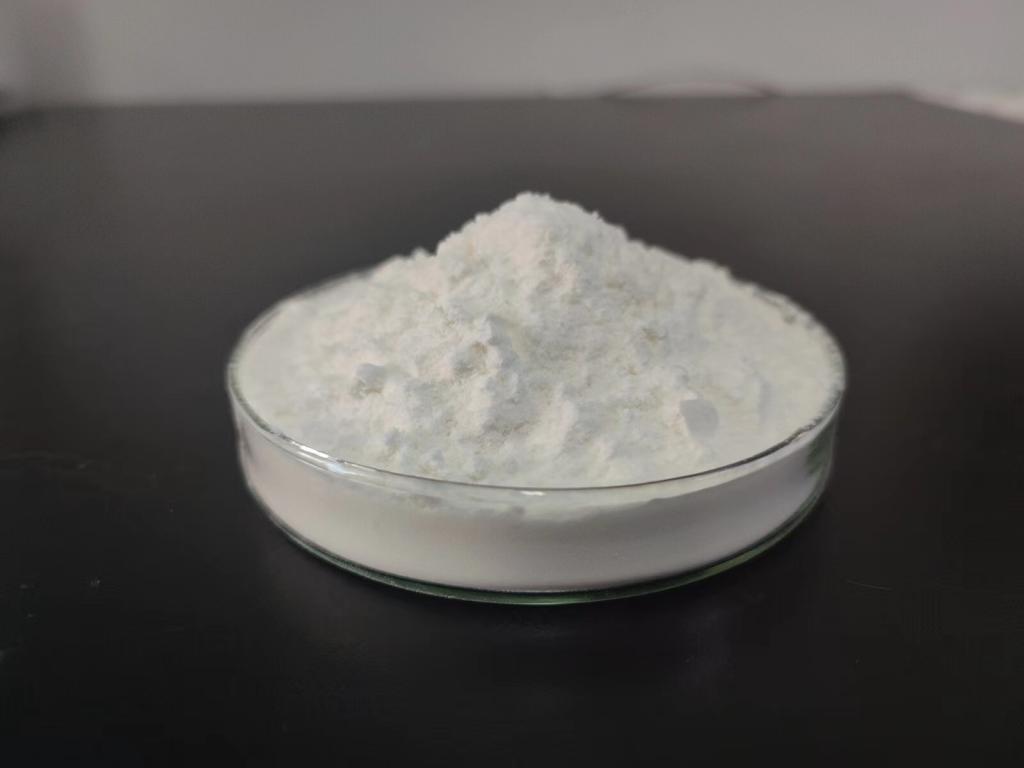Tel:+8618231198596

News
 CONTACT
CONTACT
 CONTACT
CONTACT
- Linkman:Linda Yao
- Tel: +8618231198596
- Email:linda.yao@dcpharma.cn
- Linkman:CHARLES.WANG
- Department:Overseas
- Tel: 0086 0311-85537378 0086 0311-85539701
News
Precision Solutions in Food Safety: ε-Polylysine Hydrochloride's Impact on Pathogen Control
TIME:2024-02-06
The Challenge of Foodborne Pathogens
1. Global Impact
Foodborne pathogens pose a significant threat to public health globally. Contaminated food can lead to widespread outbreaks, causing illnesses, hospitalizations, and even fatalities. Ensuring the safety of the food supply chain is crucial to prevent such occurrences.
2. Diverse Pathogens
Various pathogens, including bacteria, viruses, and fungi, can contaminate food at different stages of production, processing, and distribution. Common culprits such as Salmonella, Escherichia coli (E. coli), and Listeria monocytogenes continue to be persistent challenges for the food industry.
Understanding ε-Polylysine Hydrochloride
1. Natural Antimicrobial Agent
ε-Polylysine hydrochloride is a cationic homopolymer composed of linked L-lysine monomers. Its natural origin and antimicrobial properties make it an appealing candidate for controlling the growth and proliferation of pathogens in various food products.
2. Mode of Action
The antimicrobial action of ε-Polylysine hydrochloride is attributed to its ability to disrupt the cell membranes of microorganisms. This disrupts essential cellular functions, leading to the inhibition of growth and eventual elimination of the pathogens.
Applications in Pathogen Control
1. Meat and Poultry
Contamination of meat and poultry products with pathogens is a recurring concern. ε-Polylysine hydrochloride can be incorporated into meat processing to control pathogens, ensuring that these products reach consumers with reduced microbial risks.
2. Dairy Products
Dairy products, susceptible to contamination during production and distribution, benefit from the antimicrobial properties of ε-Polylysine hydrochloride. Its application aids in extending the shelf life of dairy items while maintaining safety standards.
3. Processed Foods
A wide range of processed foods, including ready-to-eat meals and snacks, can be vulnerable to pathogen contamination. The inclusion of ε-Polylysine hydrochloride offers a precision solution to enhance the safety of these products.
Precision and Selectivity
1. Targeted Action
One of the key advantages of ε-Polylysine hydrochloride is its targeted action against pathogens. While inhibiting the growth of harmful microorganisms, it demonstrates a level of selectivity that allows beneficial bacteria to thrive, preserving the natural microbiota of food products.
2. Minimal Impact on Sensory Attributes
Maintaining the sensory attributes of food products is essential for consumer acceptance. ε-Polylysine hydrochloride, when used judiciously, exerts its antimicrobial effect without compromising the taste, texture, or aroma of the treated foods.
Eco-Friendly and Sustainable Solutions
1. Reduced Dependency on Chemical Preservatives
Traditional methods of pathogen control often involve the use of chemical preservatives, some of which may raise environmental and health concerns. The natural origin of ε-Polylysine hydrochloride provides an eco-friendly alternative, contributing to a reduced dependency on synthetic preservatives.
2. Biodegradability
As a natural compound, ε-Polylysine hydrochloride is biodegradable, breaking down into environmentally benign components. This characteristic aligns with sustainability goals and supports the development of eco-conscious practices in the food industry.
Regulatory Considerations and Global Acceptance
1. Compliance with Regulations
Ensuring the regulatory compliance of ε-Polylysine hydrochloride is imperative for its global acceptance. Collaborations between manufacturers, regulatory bodies, and the food industry are crucial to establishing clear guidelines for its use.
2. Global Adoption
ε-Polylysine hydrochloride has gained acceptance in various countries as a safe and effective antimicrobial agent. Its global adoption hinges on continued collaboration to navigate regulatory landscapes and promote its responsible use.
Future Perspectives and Challenges
1. Integration into Food Safety Protocols
The integration of ε-Polylysine hydrochloride into food safety protocols requires industry-wide collaboration. Future perspectives include its inclusion in Hazard Analysis and Critical Control Points (HACCP) plans and Good Manufacturing Practices (GMP) to ensure standardized application.
2. Research and Innovation
Ongoing research is essential to explore the full spectrum of applications for ε-Polylysine hydrochloride in pathogen control. Innovation in formulation techniques, dosage optimization, and compatibility studies will contribute to its efficacy across diverse food matrices.
Conclusion
In the pursuit of precision solutions for controlling foodborne pathogens, ε-Polylysine hydrochloride emerges as a natural, effective, and eco-friendly antimicrobial agent. Its targeted action, minimal impact on sensory attributes, and potential for reducing the reliance on synthetic preservatives position it as a valuable asset in the quest for enhanced food safety. Collaborative efforts between researchers, manufacturers, and regulatory bodies will be pivotal in harnessing the full potential of ε-Polylysine hydrochloride, ensuring its responsible and widespread application in the global food industry. As the journey towards safer and more sustainable food practices continues, ε-Polylysine hydrochloride stands as a beacon of precision in the critical realm of pathogen control.
- Tel:+8618231198596
- Whatsapp:18231198596
- Chat With Skype







